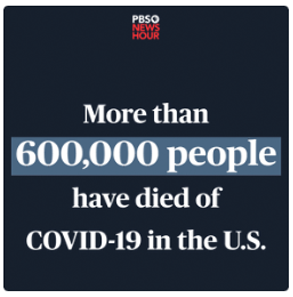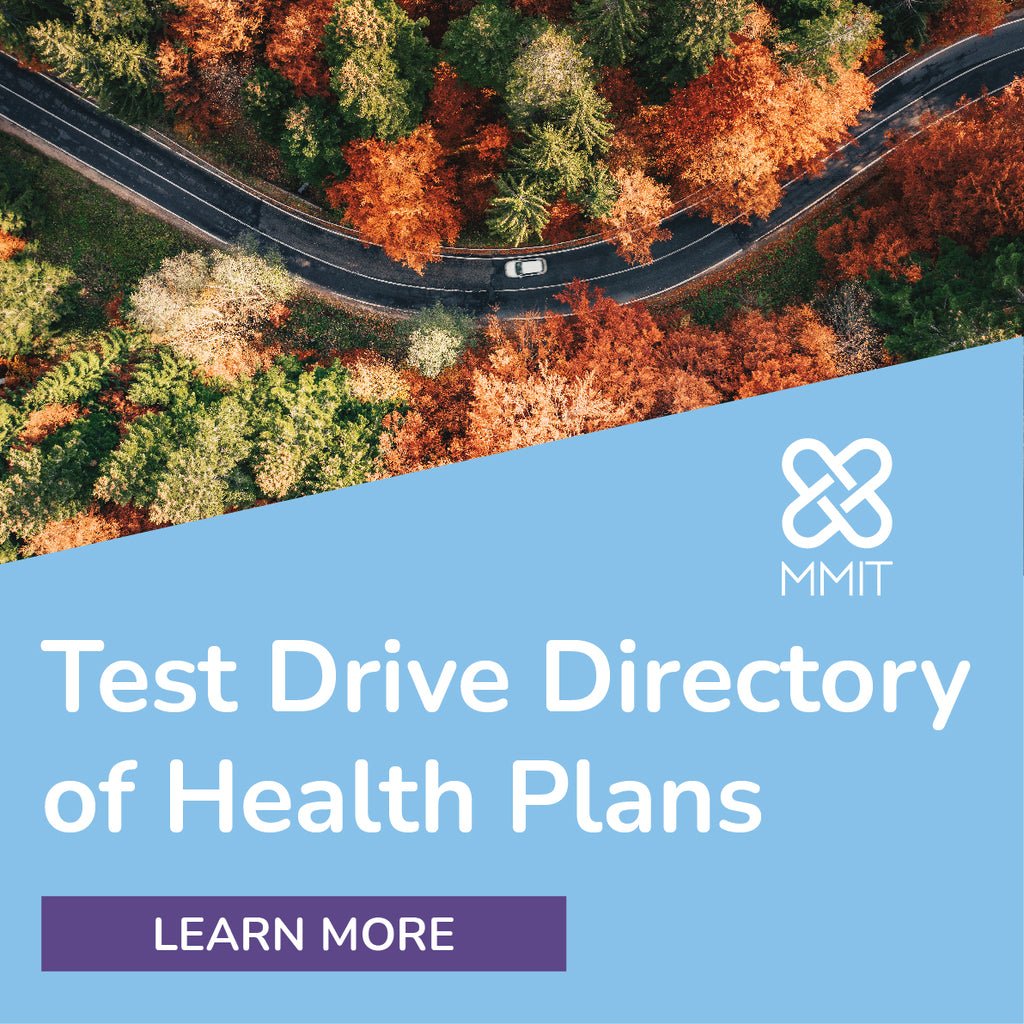Health Plan Weekly
-
Wall Street Is Bullish on Humana Home Care Deal, 1Q Results
Humana Inc. plans to fully acquire home health provider Kindred at Home from private equity firm Welsh, Carson, Anderson & Stowe (WCAS) and TPG Capital, the insurer said on April 27. (WCAS owns a controlling stake in MMIT, AIS Health’s parent company.) The insurer also reported strong financial results, with first-quarter adjusted earnings per share (EPS) of $7.67 beating Wall Street’s projected consensus of $7.07, or $1.04 billion in pretax income.
Humana CEO Bruce Broussard said during an April 28 call with investors discussing the firm’s first-quarter results that the Kindred acquisition “will enable us to more closely align incentives to focus on improving patient outcomes, and on reducing the total cost of care.”

-
Centene’s 1Q Features Lots Of Pandemic Upside, Downside
Centene Corp.’s two dominant business lines — managed Medicaid and the Affordable Care Act exchanges — both were sources of significant headwinds and tailwinds in the first quarter of 2021, underscoring the often-contradictory impact of the COVID-19 pandemic on the health insurance sector.
On the one hand, Centene acknowledged in its earnings report that it saw higher COVID-19 and traditional utilization in its ACA marketplace business, surprising Jefferies analysts who noted that “those components have tended to move in opposite directions.” Centene also saw its marketplace membership decline year over year by 14%, the analysts noted.

-
Washington’s Public Option Gets Mixed Results in First Year
Washington became the first state in the country to implement a public option on its individual exchange, with plans launching in the 2021 plan year. Experts say that it’s not yet clear whether the plans, which are available through contracts with carriers including UnitedHealthcare, are slowing premium growth.
Washington’s legislature in July 2019 passed a law, S.B. 5526, creating the public option program, called Cascade Care Select. Democratic officials including Gov. Jay Inslee and Insurance Commissioner Mike Kreidler have said that the plans are meant to lower out-of-pocket costs and ensure that there is individual market competition in every county of the state. In 2019, 14 counties had only one option for exchange consumers.

-
Analysts Expect Plenty of Insurer M&A but Few Big Deals
Industry analysts say they expect the environment for mergers and acquisitions in the health insurance sector to be “favorable” this year, and thus they anticipate “robust M&A activity” among firms that are eager to diversify their assets and modernize their technology.
However, large, transformational deals, such as Cigna Corp.’s purchase of Express Scripts or CVS Health Corp.’s acquisition of Aetna, likely won’t be the norm in 2021, states a Healthcare Quarterly report published by Moody’s Investors Service in April.

-
News Briefs
✦ Humana Inc. received at least $197.7 million in net overpayments in 2015 because some of the diagnosis codes it submitted as part of the Medicare Advantage risk adjustment program were not supported by patients’ medical records, estimates a new report from the HHS Office of Inspector General (OIG). The watchdog agency recommended that Humana “enhance its policies and procedures to prevent, detect, and correct noncompliance with federal requirements for diagnosis codes that are used to calculate risk-adjusted payments.” The insurer, however, disagreed with the OIG’s findings and its recommendations, writing that a draft version of the report “reflects misunderstandings related to certain statistical and actuarial principles, and legal and regulatory requirements” underlying the Medicare Advantage program. Read the report at https://bit.ly/3xjvO80.
✦ Oscar Health, Inc., and Cigna Corp. said on April 21 that they are expanding their co-branded small-business plans to Connecticut starting July 1. The plans will feature benefits such as free virtual urgent care, $3 copays for the most commonly prescribed prescriptions and access to Cigna’s behavioral health network “for mental health resources and step-tracking rewards.” Previously, the two firms’ small-business plans were available only in Atlanta, Tennessee and certain California counties. On April 20, the startup insurer launched +Oscar, which it describes as a “tech-driven platform business” aimed at helping payers and providers engage members, drive administrative efficiency and manage medical costs. Read more at https://bit.ly/2RPLnUw and https://bit.ly/3gxkBKS.












